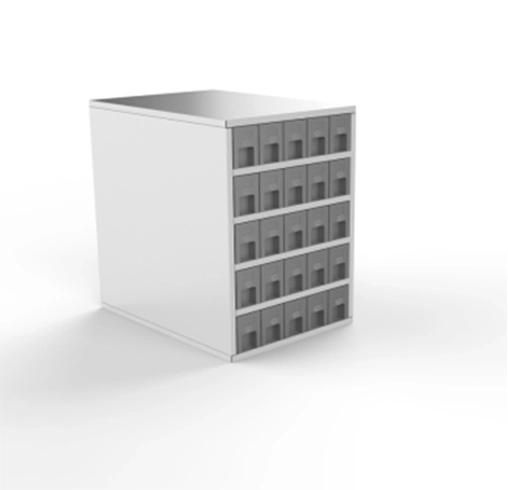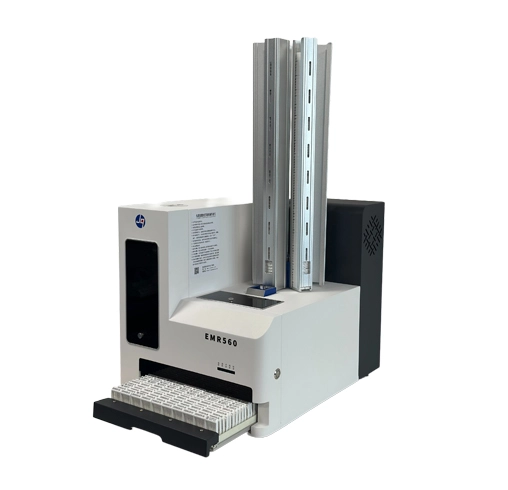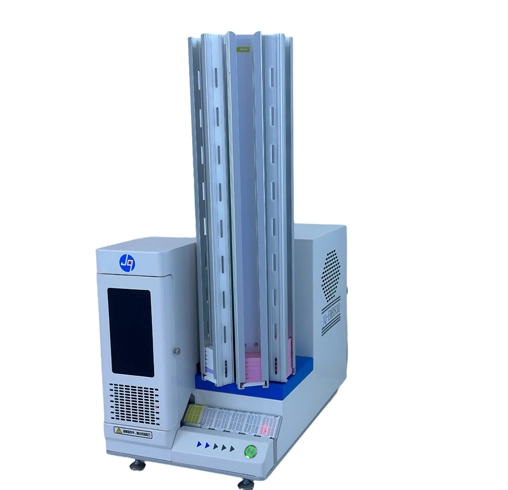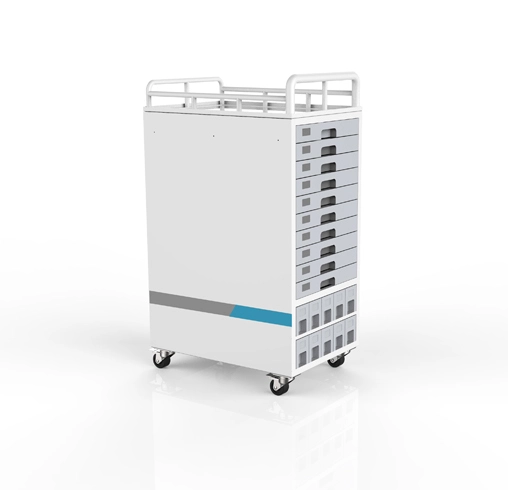Working Principle of a Slide Printer
The working principle of a slide printer mainly relies on its internal printing technology. Here are the working principles of two common technologies.
Inkjet Printing Technology
Ink Ejection
The inkjet print head consists of many tiny nozzles, each capable of precisely ejecting ink in the form of minuscule droplets onto the slide surface. The ink ejection is controlled by piezoelectric elements or thermal elements inside the print head. The piezoelectric element generates mechanical vibrations under the influence of voltage, causing the ink to be ejected from the nozzle; the thermal element heats the ink to create bubbles, and the expansion of the bubbles pushes the ink out of the nozzle.
Ink Control
During the printing process, the print head accurately controls the ink volume and ejection frequency of each nozzle based on the input printing information, thereby forming clear text, numbers, barcodes, and other patterns on the slide. The physical properties of the ink, such as viscosity and surface tension, also affect the print quality, thus requiring the use of specialized ink.
Printing Process
The slide moves through the sample handling channel inside the microscope slide printer, while the print head performs reciprocating motion over the slide, ejecting ink onto it according to the preset print path and content. After printing, the slide is sent out of the printer via the unloading system.
Cold Laser Printing Technology
Laser Marking
The laser print head generates a low-energy laser beam, which is focused onto the slide surface through an optical system. The low-energy laser causes physical or chemical changes in the material on the slide surface, thereby forming marks on the slide.
Laser Control
The control system inside the print head precisely controls the laser beam's intensity, frequency, and scanning path based on the input printing information. The laser beam scans rapidly over the slide surface, marking it according to the predetermined pattern. The laser printing process does not require consumables like ink.
Printing Process
The slide moves over the slide tray or conveyor belt inside the printer, while the laser print head marks it from above. After printing, the slide is similarly sent out of the printer via the unloading system.
Each of these printing technologies has its own advantages and disadvantages. The advantages of inkjet printing technology include diverse printing content and rich colors, but it requires the use of specialized ink and has a relatively slower printing speed. On the other hand, laser printing technology offers fast printing speeds and doesn't require consumables, but the printing content is relatively simple. Different slide printers choose the appropriate printing technology based on their design and application scenarios.




